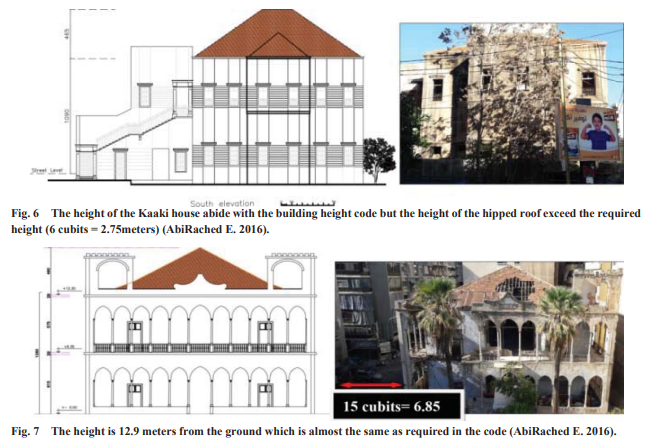
Starting with the declaration of Tanzimat in 1839, the transformation of administration, law, taxation, property rights, education, urban planning, and public works were initiated, which caused the regulation of urban and construction regulations as a tool for achieving a modern state. 1840, the date of the Health of Towns Report, marks a stage in the growing concern with health. The period between 1840-1940 is a recognisable date in history, with the outbreak of the Great War marking the end of an era. It also marks the date of a major inquiry into building laws and it also sees the virtual completion of the process of the incorporation of the health controls into the building regulations. On this date, several regulations were enacted concerning the buildings and the streets and implemented in Beirut. The main goal of this article is to understand the impact of Building Codes on the construction of the late Ottoman Heritage and its architectural typology…
بدءًا من إعلان التنظيمات في عام 1839 ، بدأ التحول في الإدارة والقانون والضرائب وحقوق الملكية والتعليم والتخطيط الحضري والأشغال العامة ، مما أدى إلى تنظيم اللوائح الحضرية والبناء كأداة لتحقيق الدولة الحديثة. يمثل عام 1840 ، تاريخ تقرير صحة المدن ، مرحلة في الاهتمام المتزايد بالصحة. الفترة ما بين 1840-1940 هي تاريخ معروف في التاريخ ، مع اندلاع الحرب الكبرى إيذانا بنهاية حقبة. كما أنه يشير إلى تاريخ التحقيق الرئيسي في قوانين البناء ، كما أنه يرى اكتمالًا افتراضيًا لعملية دمج الضوابط الصحية في لوائح البناء. في هذا التاريخ صدرت عدة أنظمة تتعلق بالأبنية والشوارع ونُفذت في بيروت. الهدف الرئيسي من هذه المقالة هو فهم تأثير قوانين البناء على بناء التراث العثماني المتأخر وتصنيفه المعماري …
لقراءة أو تحميل البحث كاملاً:
Link to the full article
________
*مهندس مرمم/ عضو جمعية تراث بيروت
(Architect Restorer (Lecturer at Faculty of Architecture, Lebanese University *

